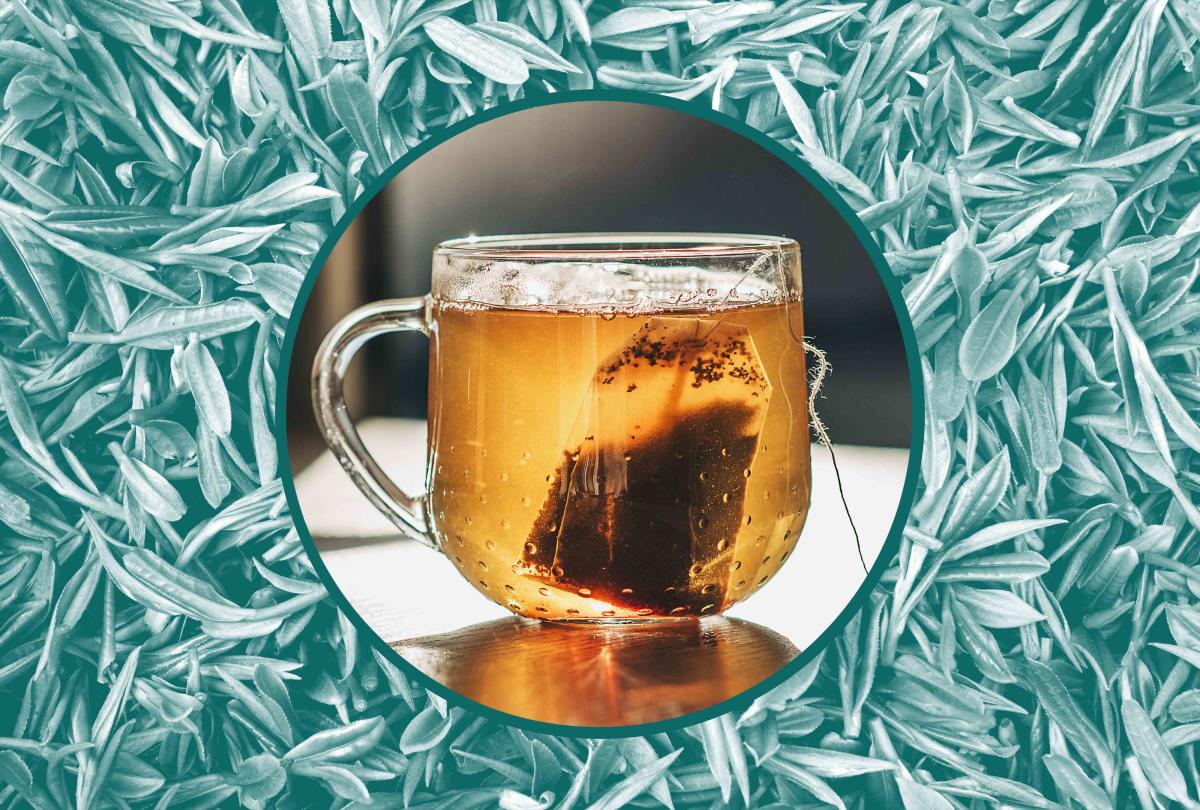Sports
Why You Really Should Consider Microwaving Your Tea

There are some real health benefits to it.

Food & Wine / Getty Images
If you’re hoping to get an even bigger caffeine kick out of your green tea, you need to put it in the microwave. And that’s according to science.
In 2012, the Journal of Food Composition and Analysis published a research study showing that microwaving your tea for a hot minute can have some serious health benefits, and could pull far more caffeine out of your tea than steeping alone.
“As hypothesized, the short brewing time of 3 minutes suggested by the manufacturers was not long enough to extract all of the catechins, caffeine, and theanine,” the research team concluded after studying the effects of putting five different tea brands through varying conditions, including varying brew times.
Related: How to Brew Better Tea
The team also experimented by putting the tea through “microwave-assisted extraction” (MAE), placing both room temperature and hot water in a beaker with a tea bag, then placed in the microwave for 30, 45, or 60 seconds. It found that “a household microwave oven could be used to more effectively extract the catechins, caffeine, and theanine from green tea in teabags in a time-efficient manner.”
How efficient? According to the findings, the extraction of catechins, caffeine, and theanine was improved by 34%, 29%, and 14%, respectively, with the MAE method.
However, it’s critical to note that the team found that tea made with room-temperature water that was then placed in the microwave was even less effective at extraction than the manufacturer’s instructions, so the best way to make your tea would be to brew “for at least 0.5 minutes in freshly boiled water” before putting in the microwave for one minute.
Related: Everything You Need to Know About Different Types of Tea
“In general, the optimal hot MAE conditions are easy to apply under household conditions and can extract the majority of the extractable components from the green tea in teabags. Therefore, for green tea drinkers, who consume the tea for the potential health benefits ascribed to its catechins, this technique could help maximize their catechin intake,” the team added in its conclusion.
However, it did add one caveat: “Green tea prepared in this fashion will be strong because of the high concentration of the main tea components, especially the catechins. It may be more bitter and astringent than when prepared, as suggested by the manufacturers. Therefore, the taste may not be favorable to many green tea drinkers, and the addition of other flavors may be required, such as lemon, jasmine, pear, and apple, varieties that are already available on the market.”
So, if you want a better-for-you cup with a bigger kick, give your cup a zap. Just have some lemon and honey available in case.
For more Food & Wine news, make sure to sign up for our newsletter!
Read the original article on Food & Wine.






